When clean energy project developer Community Energy started in 1999, it had a clear mission of combating climate change. Even in the late 90s, it was odd to be all-in on renewable energy, but co-founder and CEO Brent Alderfer said it was the only way to make a real difference.
“We started out 20 years ago with the thought that we would need to clean up the power grid for climate change. We thought that renewable technologies would come down in cost and generate power at a scale necessary to make a difference or have an impact on climate change,” he said. “Wind generation reached that cost profile first. [Then] in 2009, we started in solar seeing the same cost curves, and it has come down 80% in the last 10 years. We’re hard at it, building solar at the scale we think hopefully makes a difference on climate change.”
Community Energy developed wind projects for many years but in the last decade switched to customer-focused solutions exclusively in the solar market. The company found early success in wind by approaching specific customers in overlooked regions with wind power solutions at a premium.
“We were able to bring wind energy into regions that hadn’t seen it before and where the utilities weren’t looking to buy it, just by tapping customer demand,” Alderfer said. “In solar, we’ve followed the same route — building large-scale solar projects for corporate customers [where solar isn’t as common].”
In 2015, Community Energy developed an 80-MW solar array in Virginia back when the entire state had barely 10 MW of solar built. Community Energy found Amazon Web Services, a datacenter, wanted clean energy to power its server farm in Virginia, so it worked out a significant PPA (at the time) for the project in the state.
“We were able to launch in a new territory at scale by going directly to the customer,” Alderfer said. “We’ve developed another 100-MW solar farm for Amazon in Virginia. There are now 3,000 MW of solar projects in the queue in Virginia. We have been fortunate enough to be able to lead the introduction of wind and solar into new parts of the country.”
One of the biggest changes in the last two decades in renewable energy that Community Energy has found is corporate and municipal customers signing private PPAs for bigger projects. The developer recently announced a PPA with the City of Philadelphia for a 70-MW project, which is seven-times larger than the largest solar project in Pennsylvania.
“In the last several years, economics have allowed forward-looking corporate and municipal customers to actually drive forward on climate change solutions without waiting for utility or state policy action,” Alderfer said. “It’s the economic realization that customers and PPAs can move the needle on [combating] climate change and hedge energy costs along the way.”
Community Energy is looking toward the future and how energy storage will support the company’s climate change mission.
“As we get to scale, getting that storage piece in place to extend the hours [of renewable energy] is the next challenge,” Alderfer said. “As wind prices came down, solar prices came down, now storage prices are coming down. Our focus on how to get to 80% carbon reduction by 2030…that storage piece is critical.”
The company’s mission hasn’t changed in 20 years — reduce carbon emissions to eliminate the threat of climate change.
“We really want to be part of getting to that scale necessary to generate reliable, affordable power with an 80% reduction of CO2 by 2030,” he said. “To get there requires the kind of economic and best development practices that we’ve always followed — pick a state or region and look at what it takes to get 80% CO2 reduction. It’s obviously part of our business success, but probably more importantly, it’s necessary to the overall mission of decarbonized power production.”
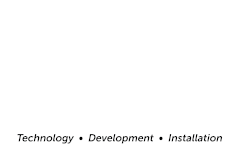
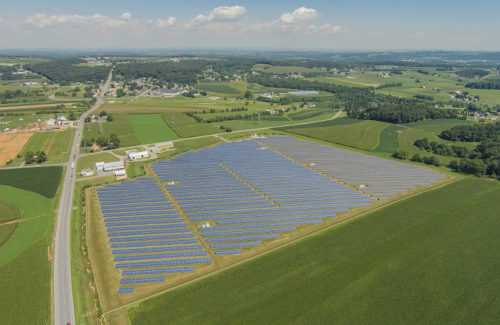
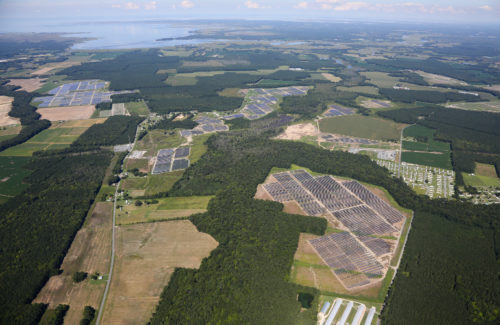
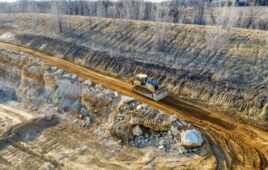
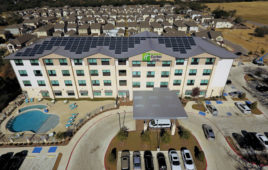
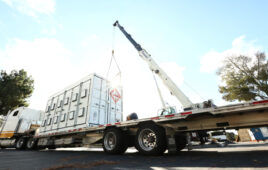
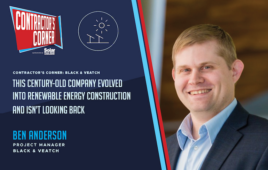
Tell Us What You Think!